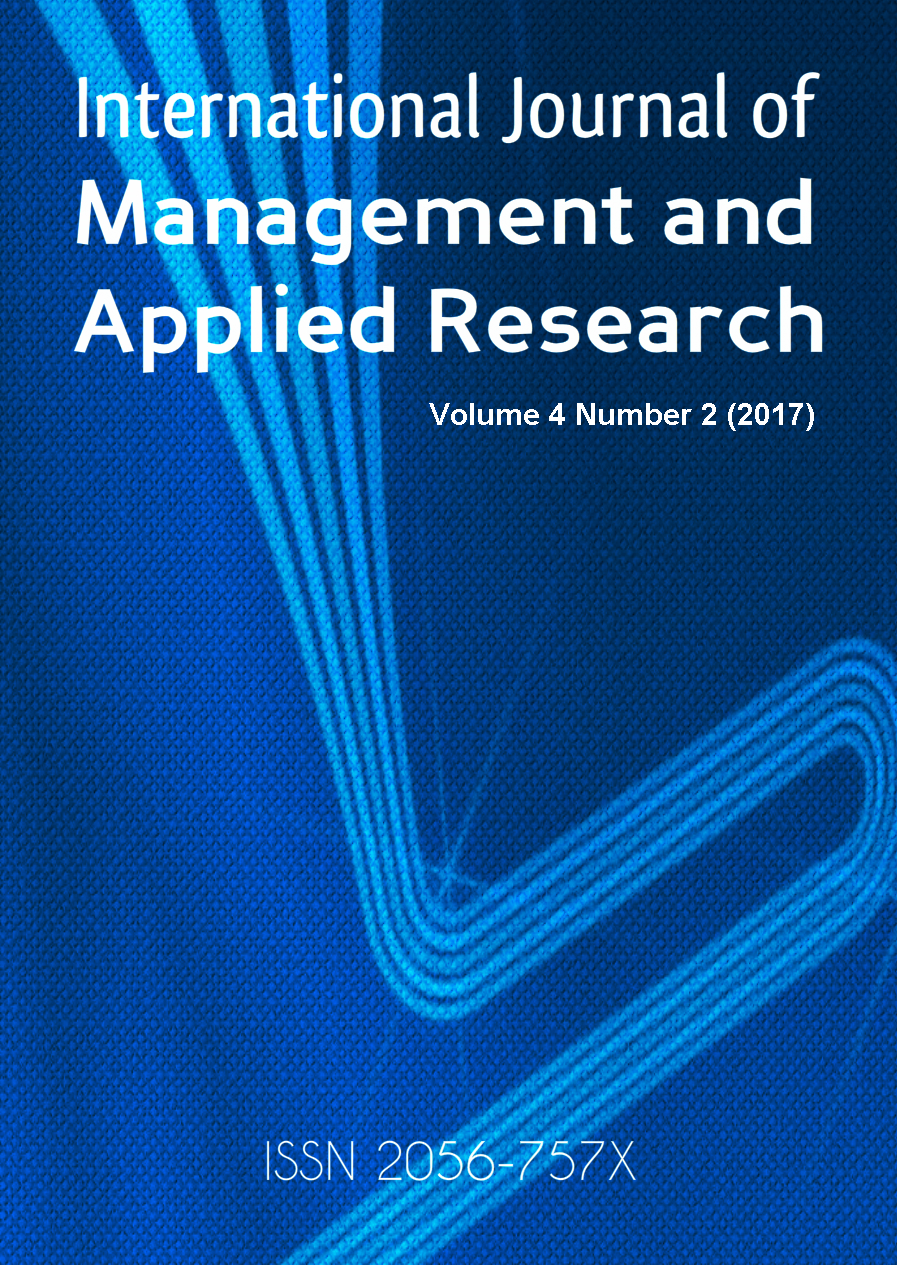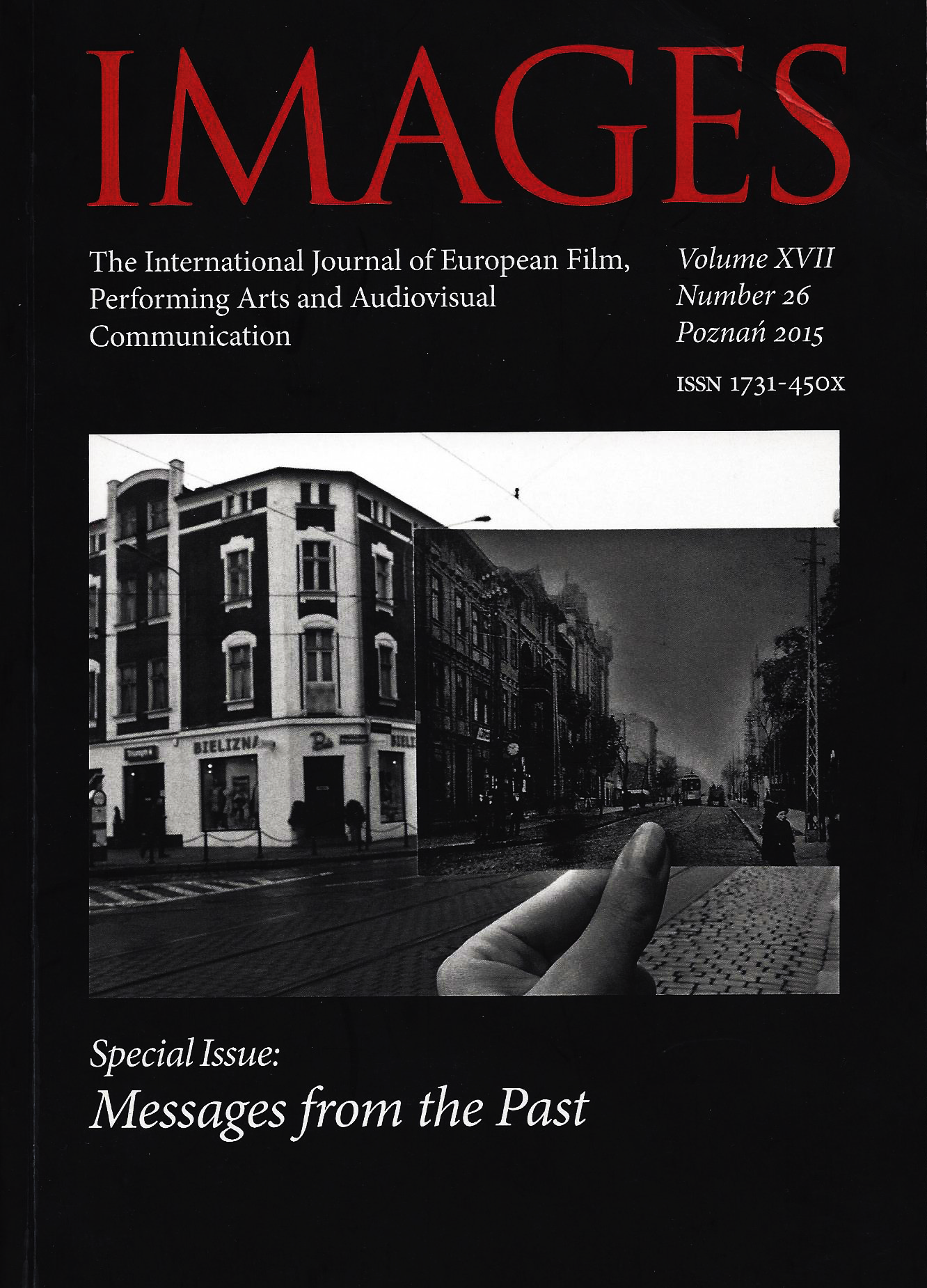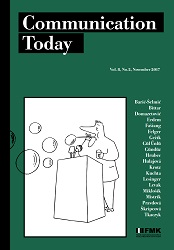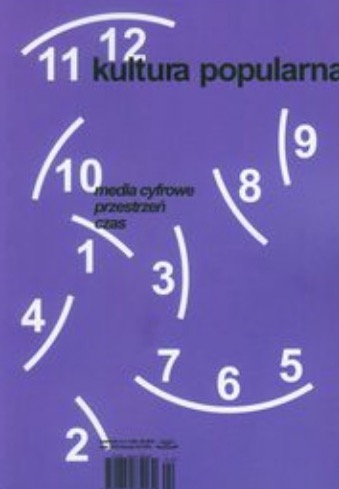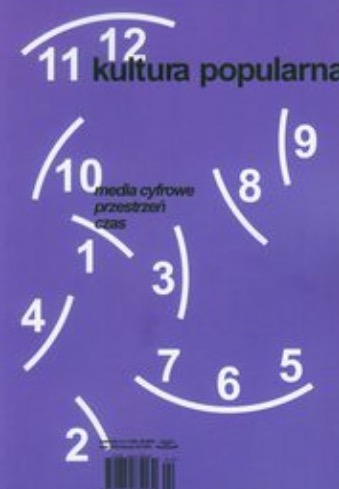SIYASI DÜSÜNCELER VE DÜNYANIN SOMUT GERÇEGI
From our writings one should not reach to conclusion that we are against thoughts (ideologies) and we are defending the notion of ideologies are collapsed. Every person with some degree of knowledge, who reads and writes would certainly develop a thought system of her own, and she should. But the Gödel Theory shown that any single line of thinking is not able to summarize final and ultimate truth. And thus revealed the humanity would not stop at a final destination but would always accumulate knowledge throughout the future which would create new questions and searching for answers to them continuously, in the process developing new thinkings and evolve.
More...
